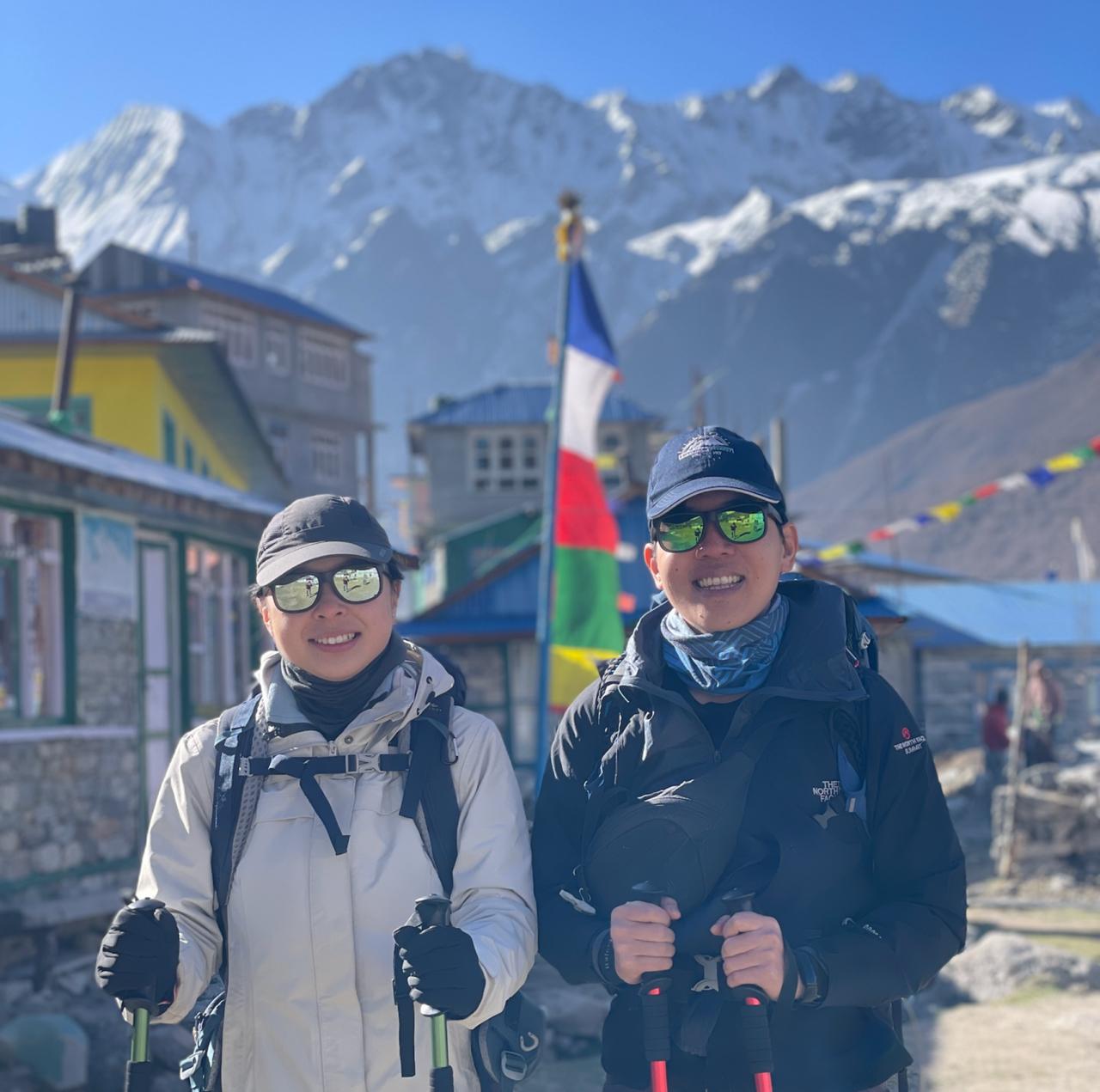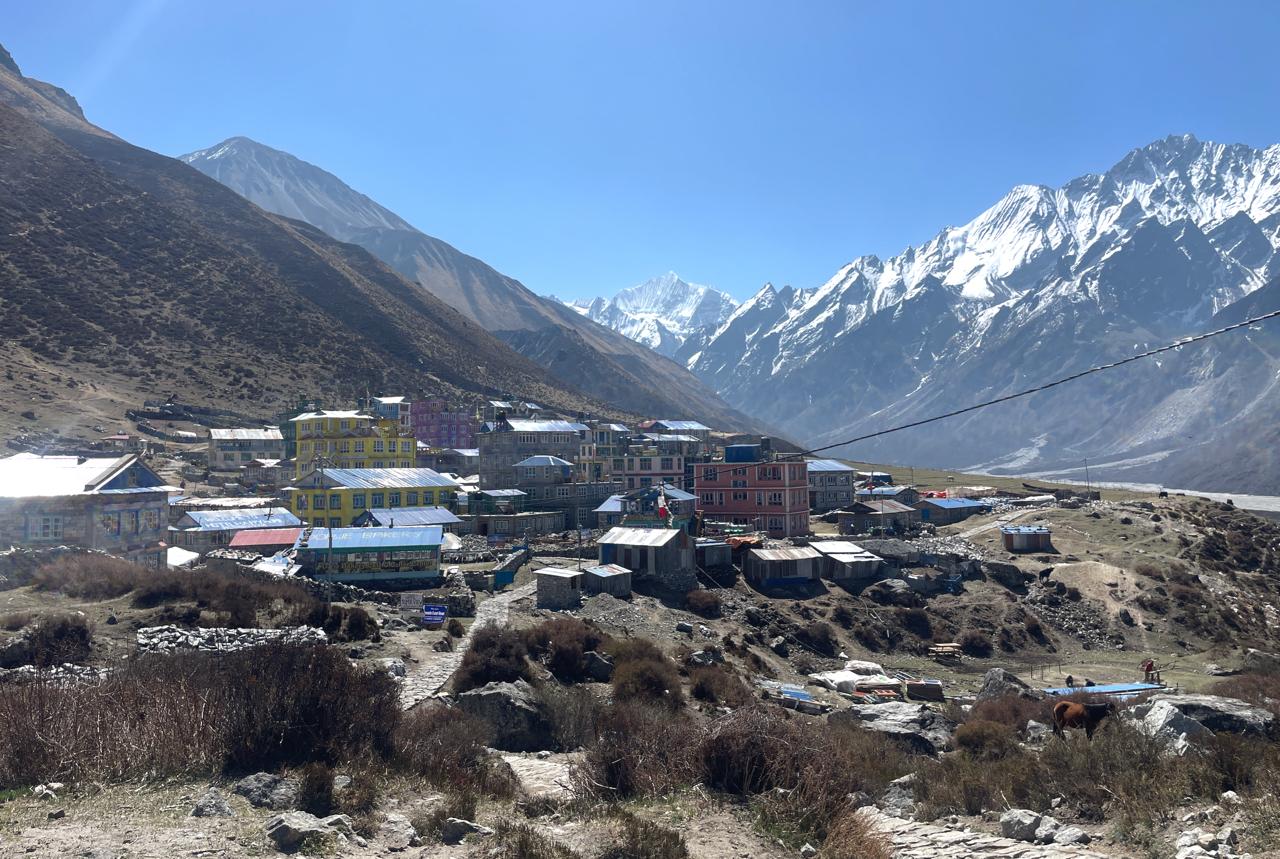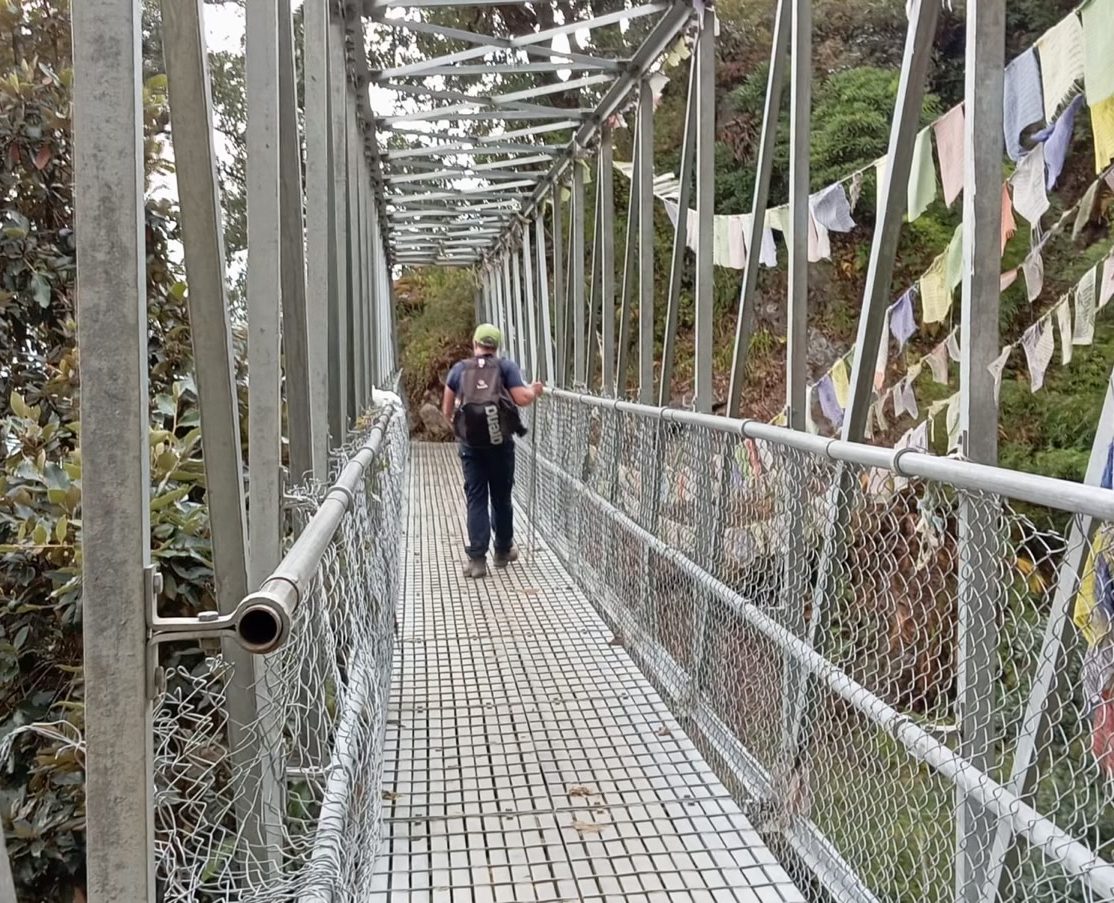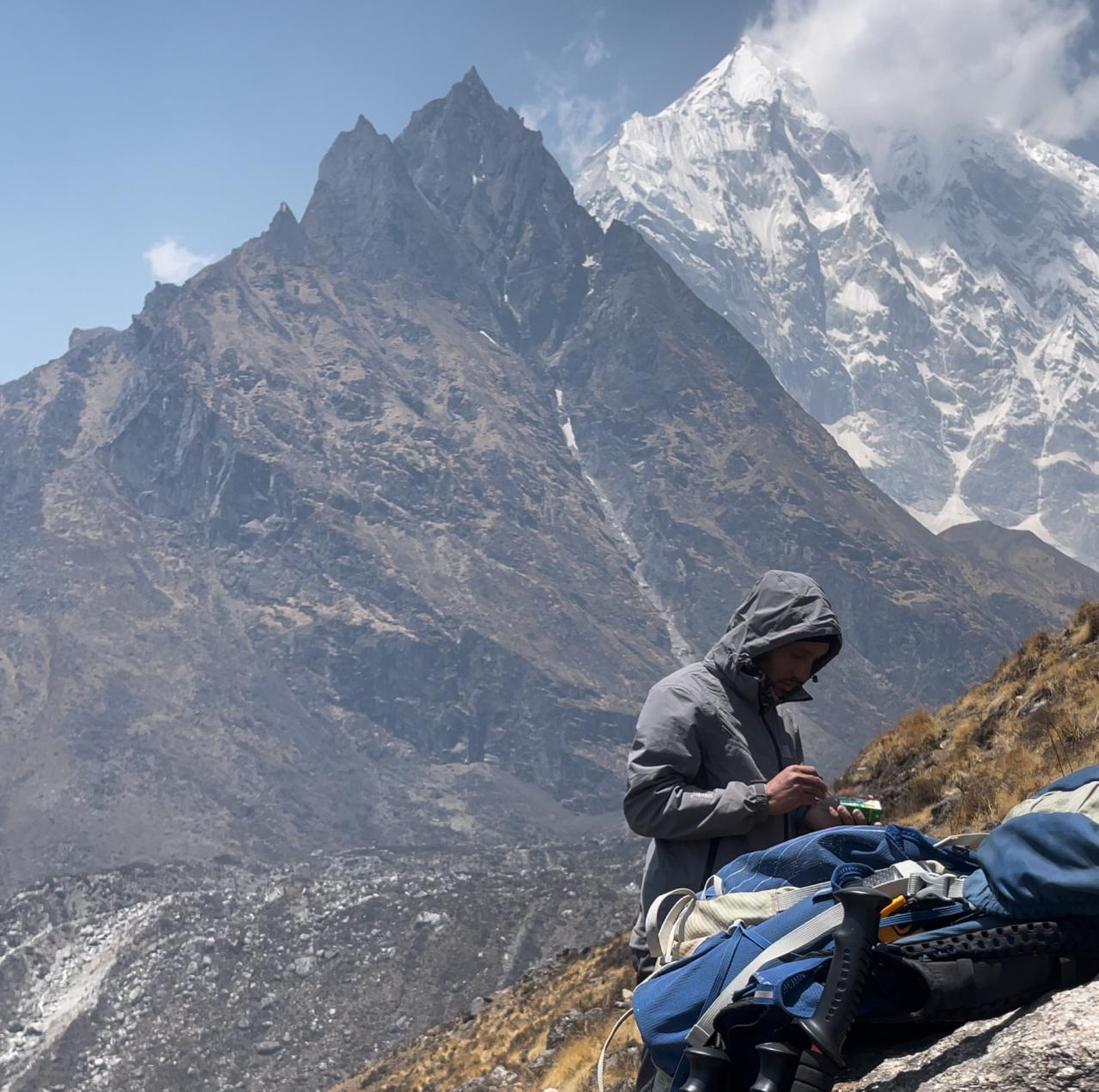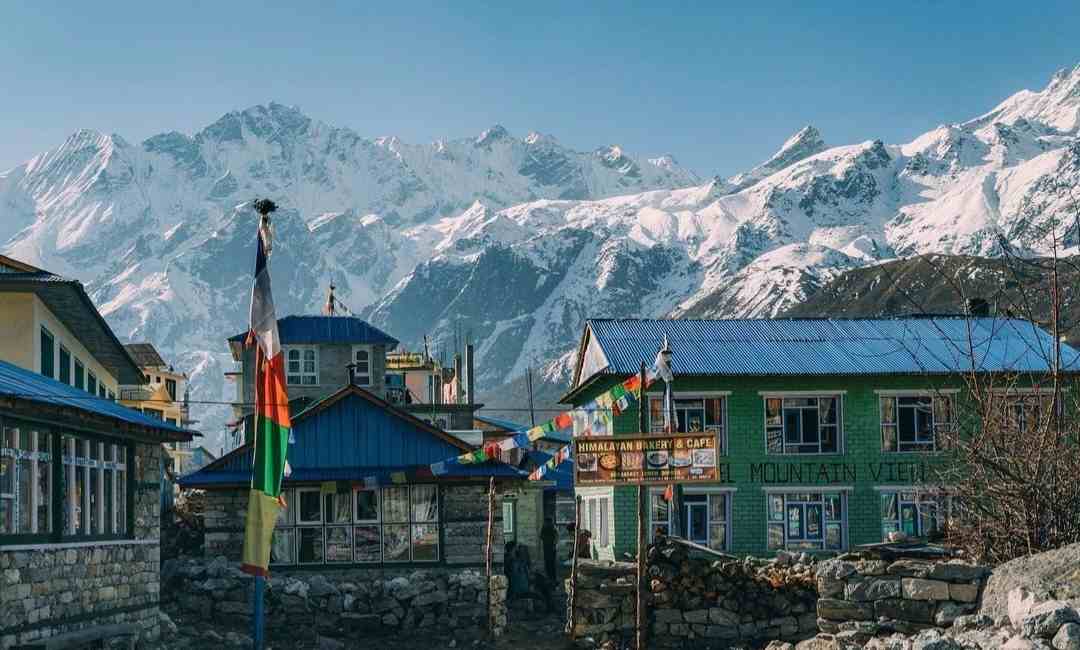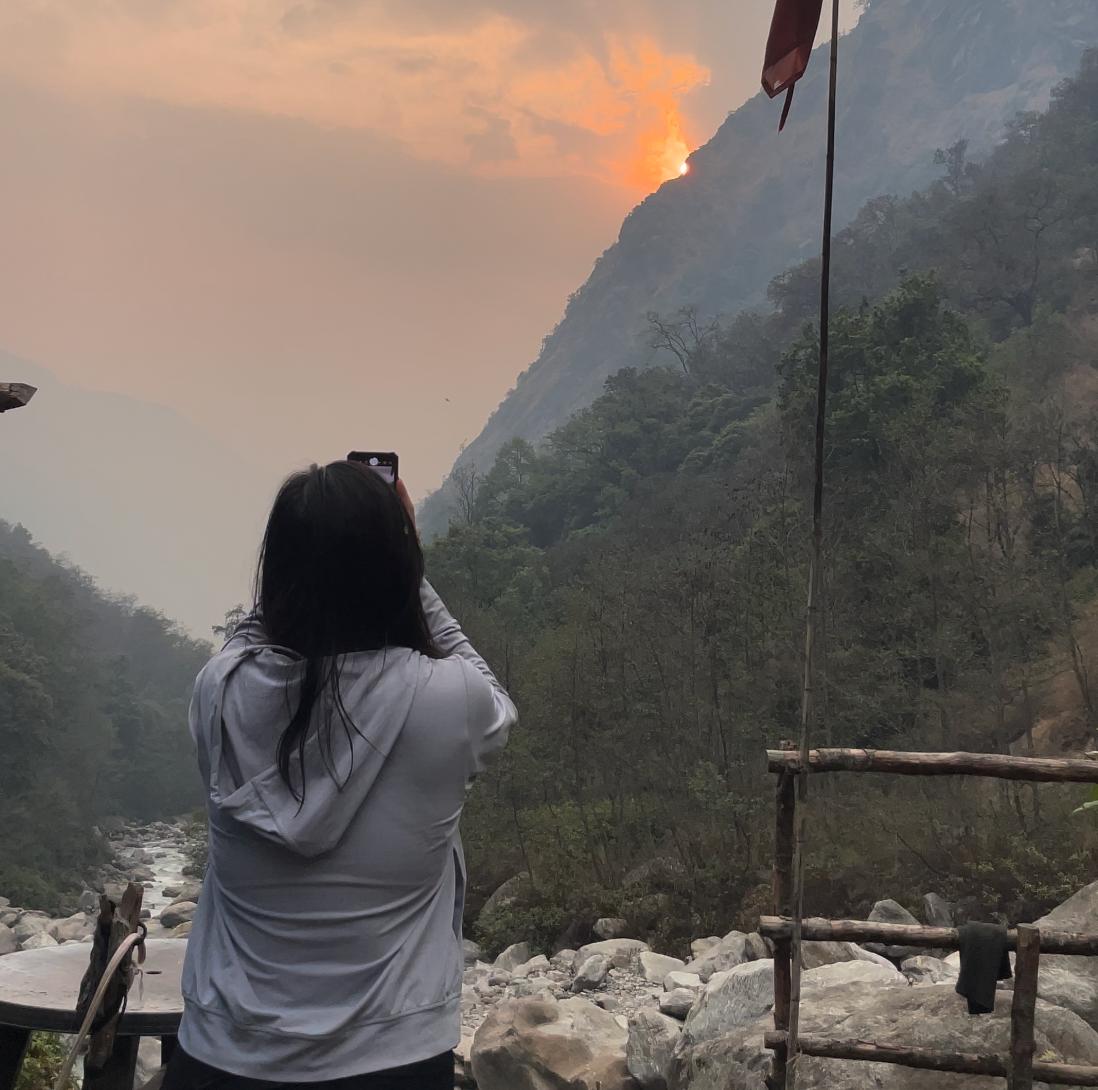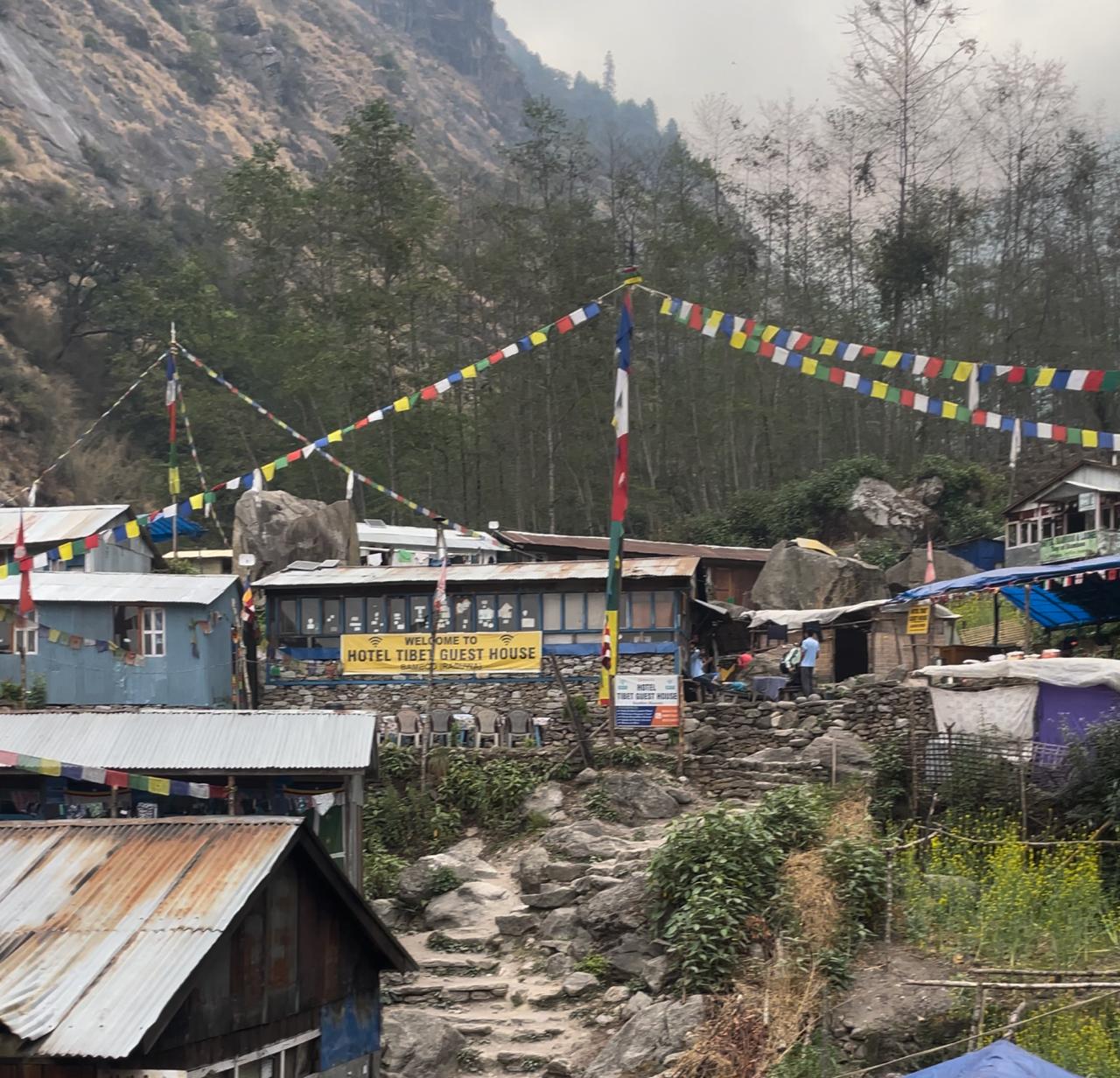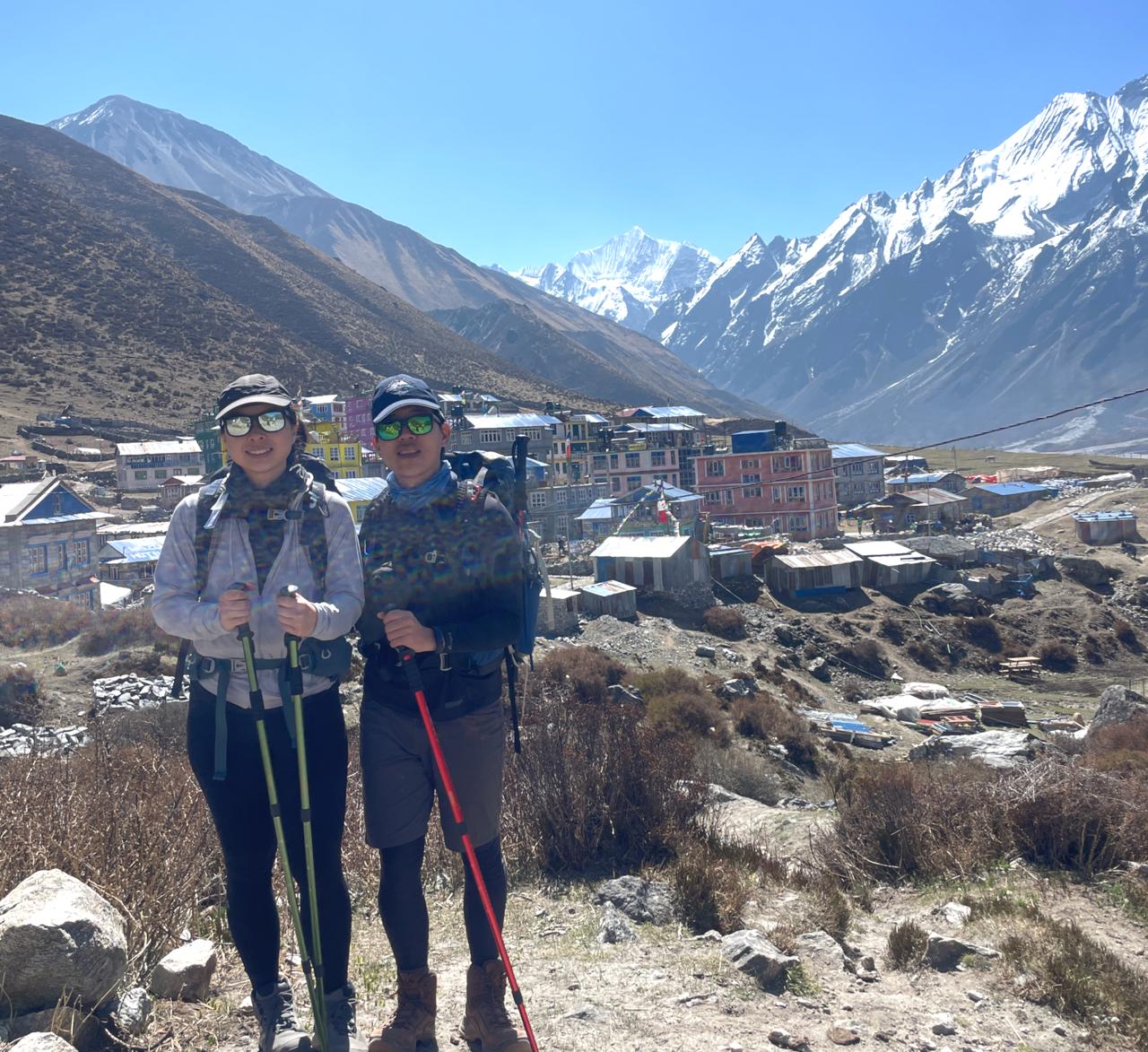Langtang Valley Trek
Langtang Valley Trek Detailed Itinerary
Your Journey, Step by Step
Inclusions
What’s Covered in Your Adventure
- Both-way Local Transportation
- Tea house lodging while on the tour every meal while on the journey (breakfast, lunch, and dinner)
- Experienced English-speaking guide (Including their accommodation, food, salary, and insuran
- One extra Guide for more than every 6 trekkers
- Card for the Trekkers' Information Management System (TIMS) and entry pass for Langtang National Park
- First Aid kit
- All government taxes
- International airfare
- Travel Insurance
- entrance visa costs for Nepal
- Tips for guide
- Personal costs include refreshments, food, and trinkets
Good to Know
Things to Remember
2. Looking Out for Your Safety and Comfort
Worrying about altitude? Don’t! Our expert guides are altitude professionals. They’ll:
- Set the perfect pace for your team
- Teach proper breathing techniques
- Keep you hydrated
- Stock first-aid kits and oxygen (just in case). The trail starts low and gradually gains elevation, allowing your body to acclimatize naturally.
3. Your Trek Team
Our guides are not just trail guides – they’re also storytellers, culture ambassadors, and safety experts rolled into one. They’ll share local tales, identify unusual wildlife, and make you feel comfortable at every step of the way. Your porters are your unsung heroes, carrying the heavy loads so that you can get on with enjoying the view and taking photos.
4. Who Can do this Trek?
Langtang is perfect for everyone – whether you’re a beginner or a seasoned trekker. Nature lovers will be thrilled to catch a glimpse of the red pandas and rainbow-colored birds, culture lovers will love seeing the villages, and photographers – just say, oh my! You’ll be living your wildest dream life snapping those stunning mountain landscapes! A short walk before you reach there will make your trekking all the more thrilling, but most importantly? Just take your smile and your sense of adventure with you. The rest is done by our experienced guides so you can have the best time possible in the Himalayas!
5. Comfort Along the Trail
The teahouses will surprise you! Enjoy:
- Comfortable rooms with warm beds
- Hot showers (paradise after a day’s trek!)
- Wi-Fi to share your adventures
- Western and local cuisine
- Friendly local hosts who welcome you as part of the family
6. Staying Connected
Want to get your friends back home jealous with stunning mountain photographs? You’ll be thrilled – the majority of the teahouses provide Wi-Fi and charging points (a small fee). After those breathtaking sunrise shots, cute yak photos, and picturesque mountain landscapes from the trail itself! But let us share a secret with you – the landscape is so beautiful, you’ll probably forget your phone and simply be present. Those memories will be more valuable than any photo!
FAQs
Your Questions, Answered
2. What does "Langtang" mean?
“Lang” stands for ox, and “Tang” is meadow. So, it’s the “Valley of the Oxen”.
3. Reason to trek Langtang with Bold Himalaya
We guarantee that your journey is safe and memorable, whilst uplifting the lives of local people and environmental conscientiousness.
Reserve your Langtang Valley adventure today and join us in experiencing the splendor of the Himalayas. Contact us now at +977-9849615880 for an unforgettable journey.
4. What’s the highest point along the trek?
The highest point along the trek is Tsergo Ri at 4,984m, but the highest accommodation area is Kyanjin Gompa at 3,870m.
5. Distance of Langtang Valley from Kathmandu
51 km as the crow flies, but which you start the trek from Syabrubesi, it is 120 km by road.
6. How long does it take to hike?
About 5–9 days, depending on how fast you walk and if you add in any additional side trips.
7. How can I get to Langtang Valley from Kathmandu?
Drive 6-7 hours to Syabrubesi, then trek 2 days to Langtang Village.
8. What do I need to bring?
You will require a TIMS card, proper clothing and so on.
9. Can I hike alone?
Yes, but guide is advisable for safety and navigation.
10. Are there ATMs on the trek?
No, you should bring enough cash from Kathmandu.
11. Is there free Wi-Fi and charging point?
Yes, there is but limited and may charge extra.
12. What type of food is there on the trek?
Tea houses offer Nepali, Tibetan, and plain Western food like dal bhat, noodles, and soup.
13. How difficult is the Langtang Valley Trek?
It is a beginner friendly trek with proper accommodation and shorter trek.
View OurSimilar Packages
Discover our top tours, loved by thousands of travelers annually. Choose the adventure that inspires you and embark on a journey tailored to your desires.

Save 22%
Yala Peak Climbing | Yala Peak Expedition
Yala Peak is a summit with an elevation of 5,700m/18,700ft on...
Gosaikunda Chisapani Trek
Gosaikunda Chisapani Trek in the Langtang Region connects the isolated and...
Save 14%
Langtang Valley Gosaikunda Lake Chisapani Trek
The perfect union for one of the easier and more beautiful...
Langtang Valley Ganja La Pass Trek
Ganja La Pass Trek is a very admired and famous trekking destination...





